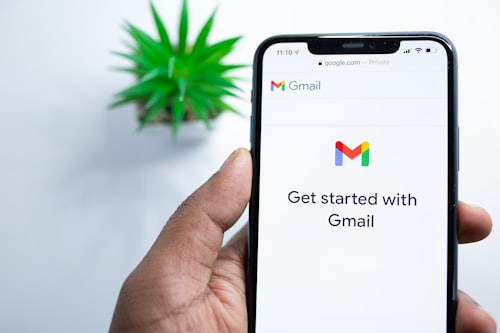Email communication plays a crucial role in today's digital world, but what happens when your email bounces back? If you've ever received a notification stating that your email could not be delivered, you've encountered an email bounce. In this comprehensive guide, we will explore the meaning of email bounced back, its causes, and provide effective solutions to resolve this issue.
The Meaning of Email Bounced Back
When an email bounces back, it means that the message you sent cod not be delivered to the intended recipient's inbox. Instead, it was returned to you, often accompanied by an error message or bounce notification. This can happen for various reasons, and understanding these causes is crucial to ensuring the successful delivery of your emails.
Common Causes of Email Bounce
1. Invalid Email Address: One of the most common causes of email bounce is an invalid or non-existent email address. This cod occur if the recipient has changed their email address, deactivated their account, or made a typographical error when providing their email address.
2. Fl Mailbox: If a recipient's mailbox is full and cannot accept any more messages, your email will bounce back. This often happens when users exceed their allocated mailbox storage or neglect to clear out old emails.
3. Spam Filters and Blacklists: Email service providers employ spam filters and maintain blacklists to protect users from unsolicited or malicious emails. If your email is flagged as spam or if your sending IP is on a blacklist, it may rest in your email being bounced back.
4. Server Issues: Temporary server issues or downtime can prevent the successful delivery of your email. If the recipient's email server is experiencing problems, your email may bounce back until the issue is resolved.
5. Content or Formatting Issues: Certain content or formatting issues within your email can trigger bounce backs. This could include excessive use of attachments, large file sizes, or coding errors that render the email undeliverable.
Solutions to Resolve Email Bounce
1. Verify Recipient's Email Address: Before sending an email, double-check the recipient's email address for accuracy. If possible, confirm the address directly with the recipient to avoid any typographical errors.
2. Update Your Email List: Regularly review and update your email list to remove invalid or inactive email addresses. This will help minimizbouncebacks and improve your email deliverability rate.
3. Monitor Email Delivery Metrics: Keep a close eye on your email delivery metrics, such as bounce rates and spam complaints. By monitoring these metrics, you can identify any issues and take appropriate measures to rectify them.
4. Follow Email Best Practices: Adhere to email best practices, such as avoiding spam trigger words, using a reputable email service provider, and formatting your emails properly. By following these practices, you can reduce the chances of your emails bouncing back.
Conclusion
Dealing with email bounce backs can be frustrating, but with a clear understanding of the causes and effective solutions, you can minimize their occurrence. By verifying email addresses, updating your email list, and following best practices, you can improve your email deliverability and ensure that your messages reach their intended recipients. Remember, a well-maintained and error-free email communication system is crucial for successful business communication in the digital age.



